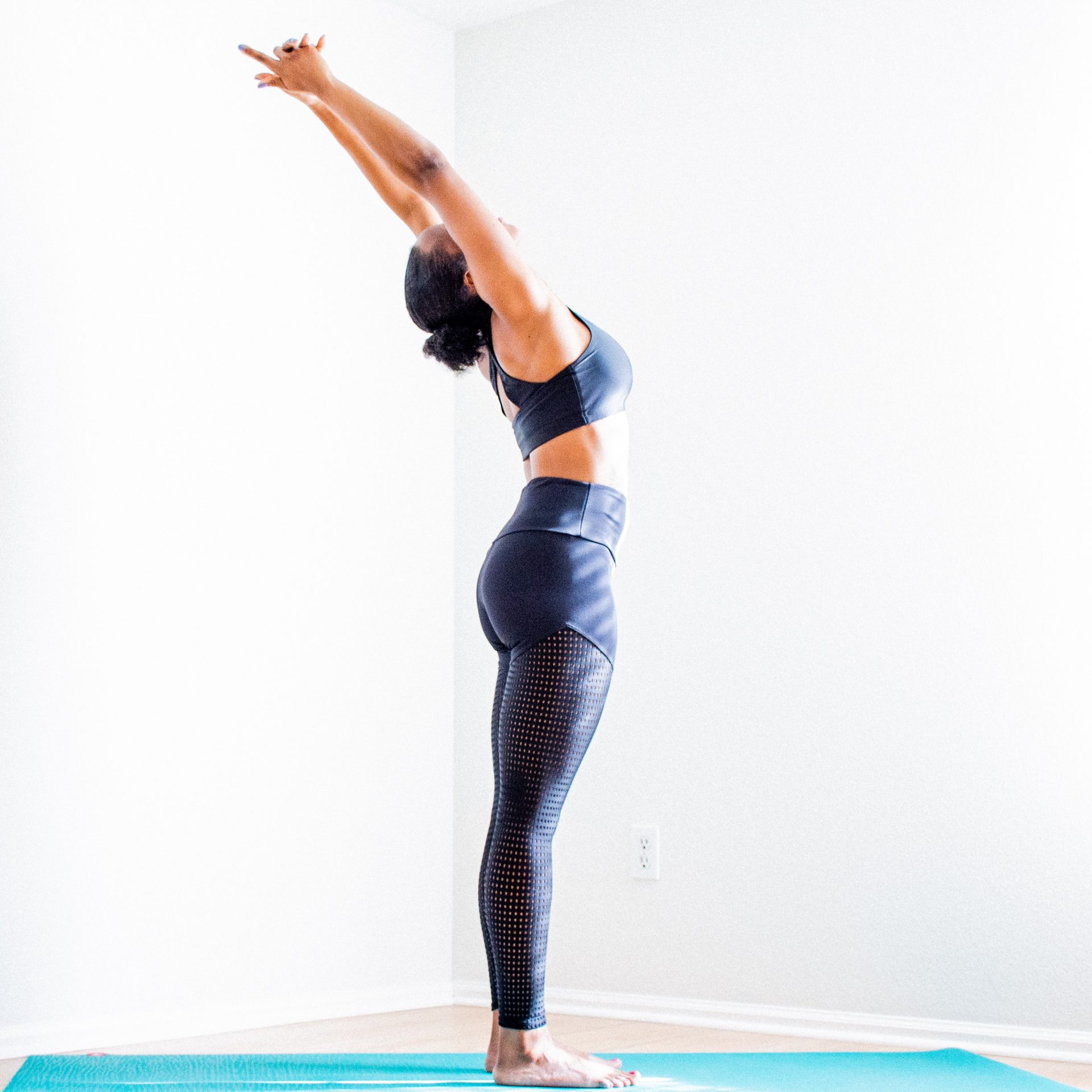Cheap elavil paypal payment no prescription
Working out can be a great tool to improve your mental wellbeing – but it shouldn’t be your only self-care tool.
What do you turn to when you feel low? Maybe it’s a call with a friend after a bad day or some meditation to reset after a stressful meeting. Perhaps you lace up for a lunchtime run when you feel overwhelmed with work, or you channel your anger into a HIIT workout.
Let’s talk about the latter. We all know by now that exercise is amazing for our mental wellbeing. It releases endorphins, boosts confidence, improves relationships and manages stress. It can be a way to let your anger out or is the dedicated ‘me’ time people don’t get in the rest of their lives. It’s not just anecdotal: in 2018 Yale University studied 1.2 million people to find that those who exercised had 43% fewer days of poor mental health than those who didn’t.
You may also like
Strength training for my mental health: why my workouts aren’t for my body, but for my mind
During what many might consider the most mentally challenging year in recent history, the discussion around exercise for mental health has become louder than ever. Whether it’s people throwing themselves into running for their mental wellbeing during lockdown or leaning on yoga practices to destress, training has been an accessible tool that’s had to replace old crutches such as socialising (which we weren’t allowed to do), journaling (what do you write down when nothing has really happened all day?) or quiet nights in (which no longer feel special when you’re housebound).
As more people get acquainted with the release they get from moving their body, the phrase ‘exercise is therapy’ has become common parlance among many fitness professionals. But how true is that, really? “I think it’s really important to differentiate between the fact that exercise can be therapeutic, but it isn’t therapy,” says intuitive exercise coach Tally Rye. “Using just one thing as a crutch for our mental wellbeing can often lead into unhealthy territory, whether that’s food, drinking, or anything else.”
Of course, exercise does release endorphins, which can immediately improve your mood – you’ve probably experienced a post-run high or a huge sense of achievement when realising how much you just lifted. But the problem with exercise, as opposed to other forms of mental wellbeing practices, is that it feeds into the go-go-go lifestyle.

Yale’s 2018 studyproved that more isn’t always more when it comes to training. People who exercised between three and five times a week had better mental health than people who exercised more than that, and training for over 90 minutes a day also reduced the mental health impact of movement.
“Exercise is part of the stress cycle, so that physical outlet can often end up making us more stressed,” says Tally. “Many people find it hard to slow down and connect with their emotions. I know I used to throw myself into things so I didn’t have to face things. It’s always about doing more and more as a form of distraction. Exercise feels actionable, but it’s not a substitute for actually dealing with emotions.”
You may also like
Benefits of strength training: 8 reasons why lifting weights improves mental health
“The problem is often the line of thinking about exercise, rather than the exercise itself,” says health psychologist Dr Sula Windgassen. “We do need quiet times when we’re not engaged in ‘achieving’ as we are in exercise. While competition isn’t necessarily a bad thing – it can build a sense of sportsmanship and collaboration with others – exercise has such huge connotations with intensity and can come loaded with expectations and feelings of guilt and shame, which is really unhelpful.”
Exercise feels actionable, but it’s not a substitute for actually dealing with emotions
The problem is this: it’s hard to detach exercise from results. Going to the gym, a workout class or a run so often comes with a desire or pressure to hit a personal best or train in a way that impacts your physical body. Yet, if you really are training with your mental health in mind, these numbers shouldn’t matter. How often you move shouldn’t matter. What kind of movement you do may matter a bit, as everyone has preferences after all, but it shouldn’t be the difference between mental health and mental illness.
When exercise is prescribed for mental wellbeing, it comes layered in the complicated narrative that favours certain types or intensity of training. In fact, the conversation around exercise and mental health can even sometimes feel co-opted by people looking for an excuse to push their bodies to extremes, taking no rest days because they ‘need’ to move to feel better. But physical exhaustion isn’t the answer.

Research shows that thirty minutes of moderately intense exercise three days a week, such as brisk walking, is enough to reap the mental health benefits of exercise. These 30 minutes don’t even need to be continuous; three 10-minute walks are believed to be as equally useful as one 30-minute walk. And while we have seen the benefits of walking become more widely shared during lockdown, it isn’t as culturally or socially glorified as a sweaty HIIT class.
“Reframing exercise as movement has been really helpful for me,” says Tally. “We tend to think of exercise as HIIT, but there’s massive benefits to literally going outside for a walk or doing a gentle yoga flow. I think the past year has proven that.”
Dr Windgassen agrees that we need to find ways to move that actually support mental wellbeing, rather than stress us out more. “A good way to counteract how you feel you should be exercising is by doing something completely different, where there are no expectations, and it’s literally just about the movement,” she says. But everyone needs other self-care practices to turn to in order to sustain good mental wellbeing, particularly ones that don’t involve physical stress or come loaded with external pressures.
You may also like
Running in lockdown: why have so many women turned to jogging for their mental health?
How to create an emotional toolkit for better mental health
This set of practices is dubbed your ‘emotional toolkit’ – a set of practices you can turn to to support your mental wellbeing in your day-to-day life. Your toolkit should include things that generally support good health, such as exercise and nutrition, but also social and psychological tools, explains Dr Windgassen.
“If we’ve got practices to support us during the times that are stressful or emotional, then we’re much more likely to be accepting of it and manage the impact that it has,” explains Dr Windgassen. The important part is that your toolkit should be bustling with options to choose from. Hammers, screwdrivers, wrenches – the lot. Which tool you use will chop and change depending on which emotion you need to work through. Feeling anxious? You might try colouring. Feeling lonely? You can voice note a friend. Feeling angry? Maybe you could try cooking. And it’s not just about personally doing nice things – psychological support might be part of your toolkit too .

It’s hard to know what anyone’s specific set of practices should entail (pottery? Cognitive behavioural therapy? Being around animals?) because we’re all so individual. Some people will already have their set of tools ready to go, others may need to do some work to find what works for them. “We don’t explicitly get taught what these are – we’re socialised into finding these self soothing skills by observing other people around us. Some of us will have better ones than others depending on our upbringing and kind of adversity that we’ve faced,” says Dr Windgassen.
The idea that someone who has a diagnosed mental illness can just go for a run to feel better is actually very unhelpful
“Your toolkit is a form of emotional regulation”, not a cure for mental illness, reminds Dr Windgassen. The idea that someone who has a diagnosed illness can just go for a run to feel better is actually very unhelpful. Moving to feel good is not the same as exercise being a cure-all.
“When things feel overwhelming or completely underwhelming and use of toolkit techniques still seem to fall short, it is so important to seek professional help. When struggling with mental health issues and mood, it can be too much and too unfair to ask ourselves to muster the motivation to help our mood,” says Dr Windgassen.
“Your GP is the first port of call and they can suggest appropriate services. You can be explicit in asking for therapy options, which a GP will be able to provide. A therapist can then provide the initial scaffolding necessary to get going.”
“I appreciate that not everyone has the opportunity or the means to access a therapist or get support from a trained professional,” says Tally. “Movement can really make a difference to your mood, but you need to find the right workout for your individual situation, and support it with other tools that allow you to acknowledge how you actually feel.”
If you, or someone you know, is struggling with their mental health, you can find support and resources on the mental health charity Mind’s website and NHS Every Mind Matters or access the NHS list of mental health helplines and organisations here. If you are struggling with your mental health, you can also ask your GP for a referral to NHS Talking Therapies, or you can self-refer. For confidential support, you can also call the Samaritans in the UK on 116 123 or email [email protected].
Follow @StrongWomenUK on Instagram for the latest workouts, delicious recipes and motivation from your favourite fitness experts.
Images: Unsplash
Source: Read Full Article
